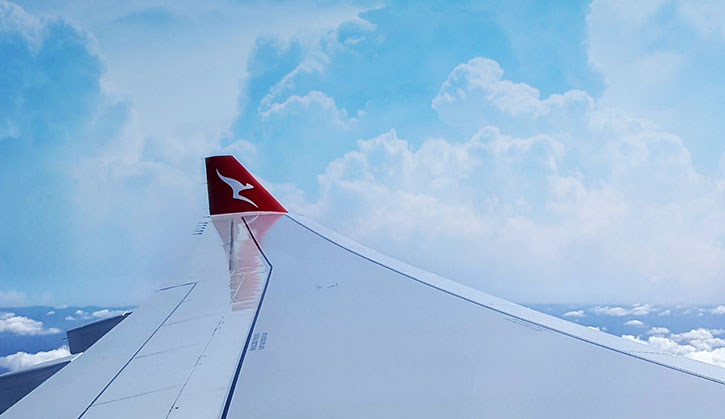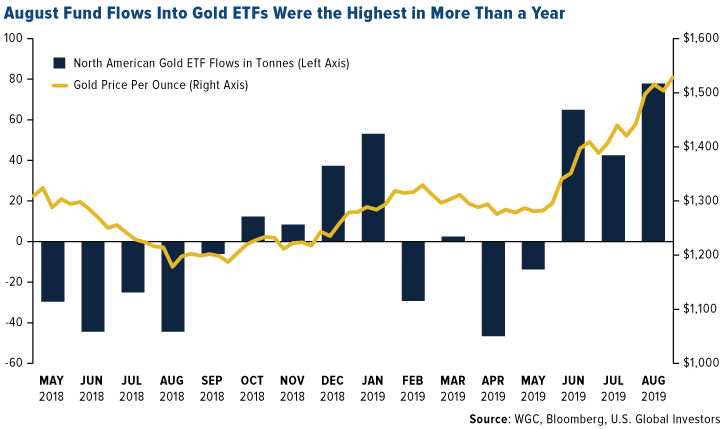Although the third quarter was filled with continued negative updates surrounding Boeing and its troubled 737 MAX jets, there were pockets of positive news. Several airlines reported strong quarterly earnings and a new record emerged for the longest commercial flight.
For the quarter ended September 30, gold outperformed stocks. The yellow metal returned 3.8 percent while the S&P 500 returned just 1.7 percent. Higher metal prices did dampen jewelry demand in both China and India, the world’s two largest consumers, but it didn’t stop central banks globally from adding to their gold reserves.
Click below to read our recap of the airline sector and gold market from July to September 2019!
Want to receive this recap straight to your inbox? Sign up for monthly updates by clicking here.
Revenue passenger miles (RPMs) and revenue passenger kilometers (RPKs) are measures of traffic for an airline flight, bus, or train calculated by multiplying the number of revenue-paying passengers aboard the vehicle by the distance traveled. The S&P 500 Index is a market-capitalization-weighted index of the 500 largest U.S. publicly traded companies by market value.
For information regarding the investment objectives, strategies, liquidity, risks, expenses and fees of the VanEck Vectors Junior Gold Miners ETF, please refer to the prospectuses for that fund. Quasar Distributors, LLC is not affiliated with the VanEck Vectors Junior Gold Miners ETF. GDXJ is distributed by VanEck Securities Corporation. References to other funds should not be interpreted as an offer of these securities.
Cash flow is the net amount of cash and cash-equivalents being transferred into and out of a business. Earnings per share (EPS) is calculated as a company’s profit divided by the outstanding shares of its common stock. The resulting number serves as an indicator of a company’s profitability. The Bloomberg US Treasury Bond Index is a rules-based, market-value weighted index engineered to measure the performance and characteristics of floating rate coupon U.S. Treasuries which have a maturity greater than 12 months.


